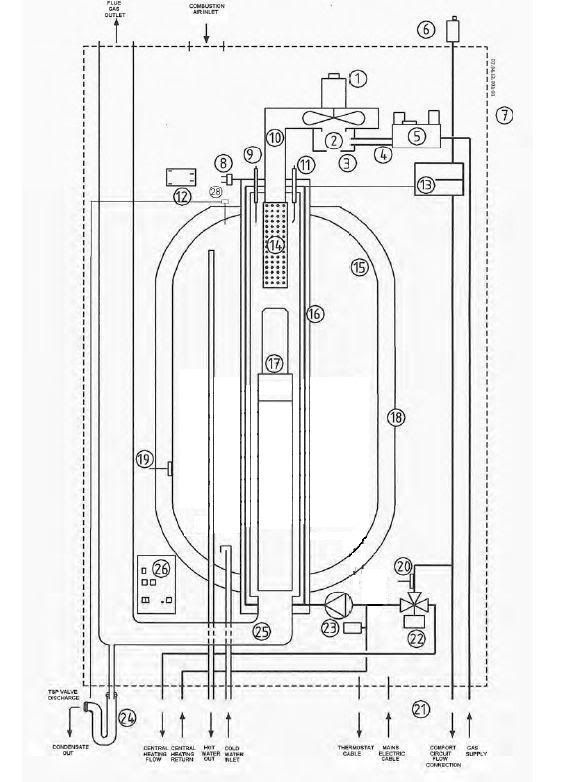Aaaah, thats more like it. 
So does any heat transfer occur through the wall separating the HW tank from the primary water in the second surounding channel through which the hot flue gasses flow ?.
In other words will the UV store of water heat up if no primary water is ever passed through the immersed coil inside ?.
I think this answers my question.
So does any heat transfer occur through the wall separating the HW tank from the primary water in the second surounding channel through which the hot flue gasses flow ?.
In other words will the UV store of water heat up if no primary water is ever passed through the immersed coil inside ?.
In the normal (and IMO pointless) version of the Multi there is no coil and the primary water is just circdulated inside the boielr and has twice the reheat time.
I think this answers my question.



